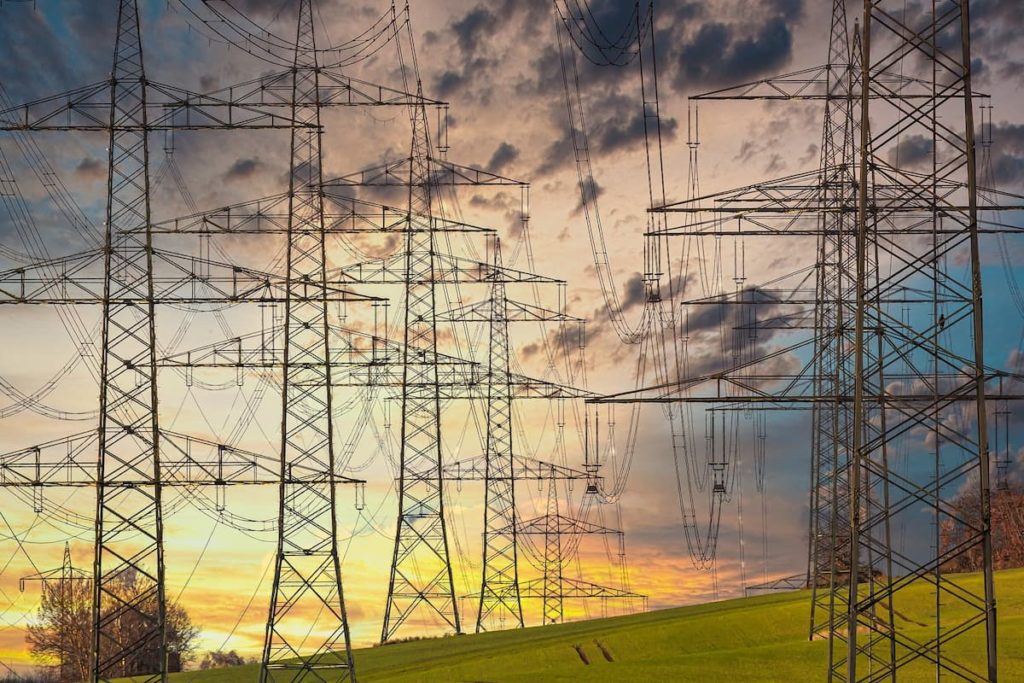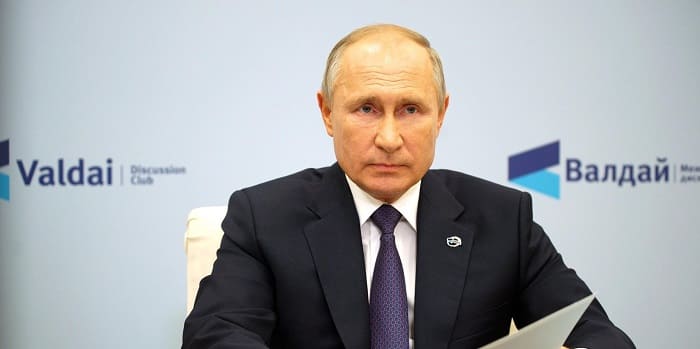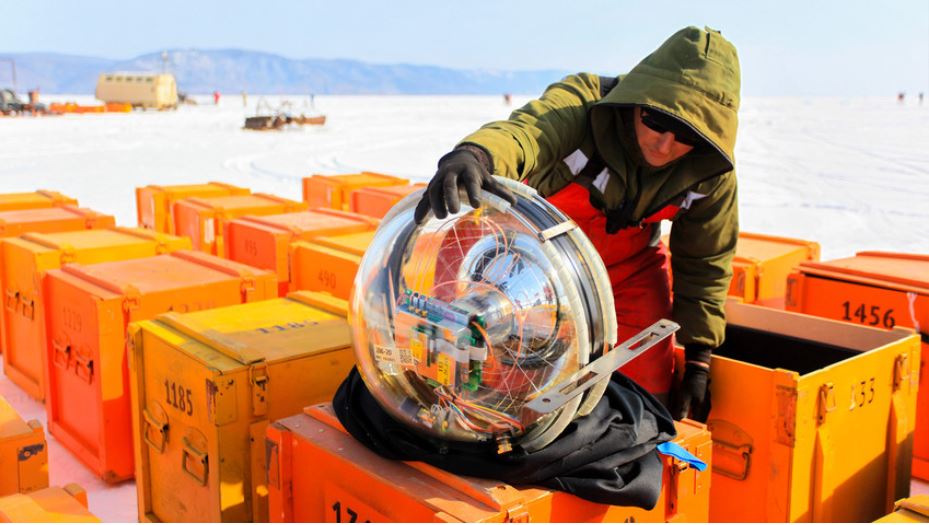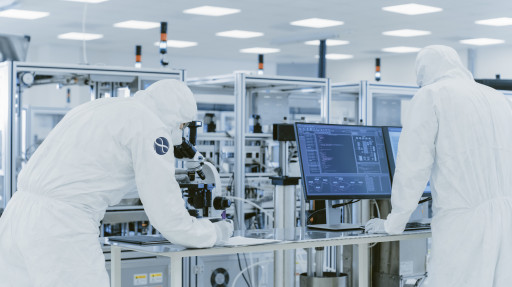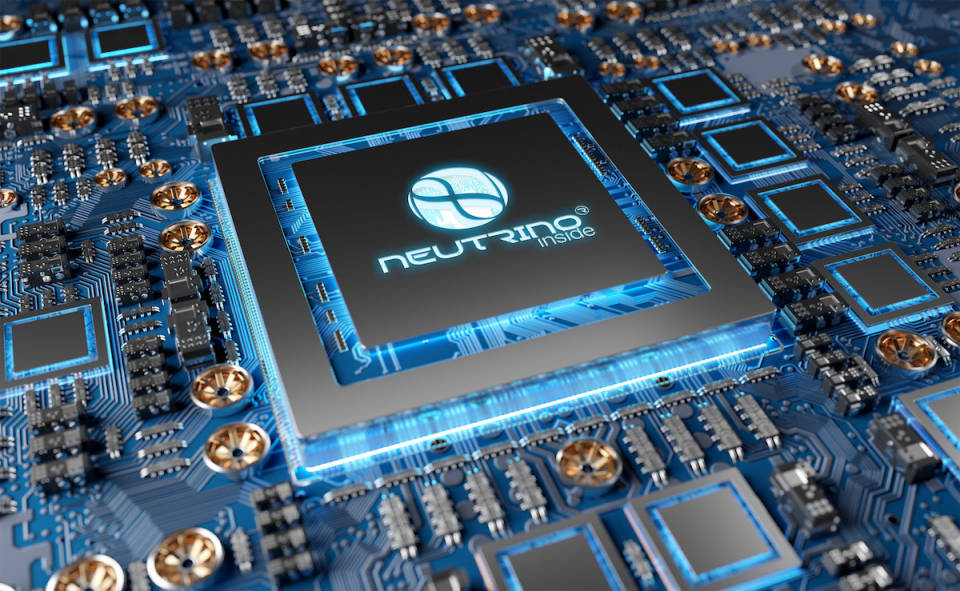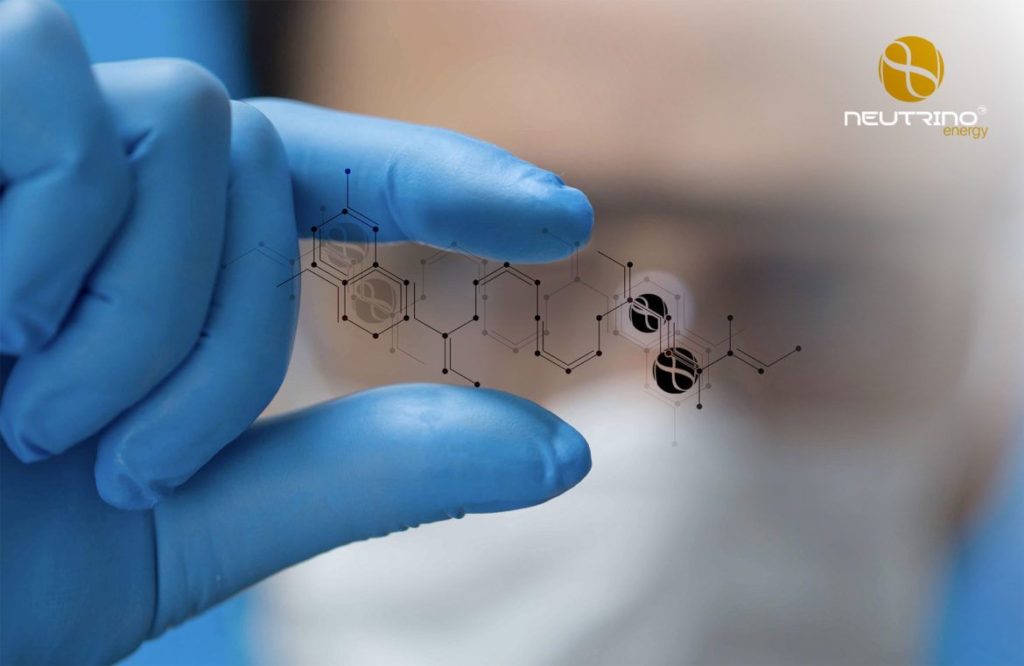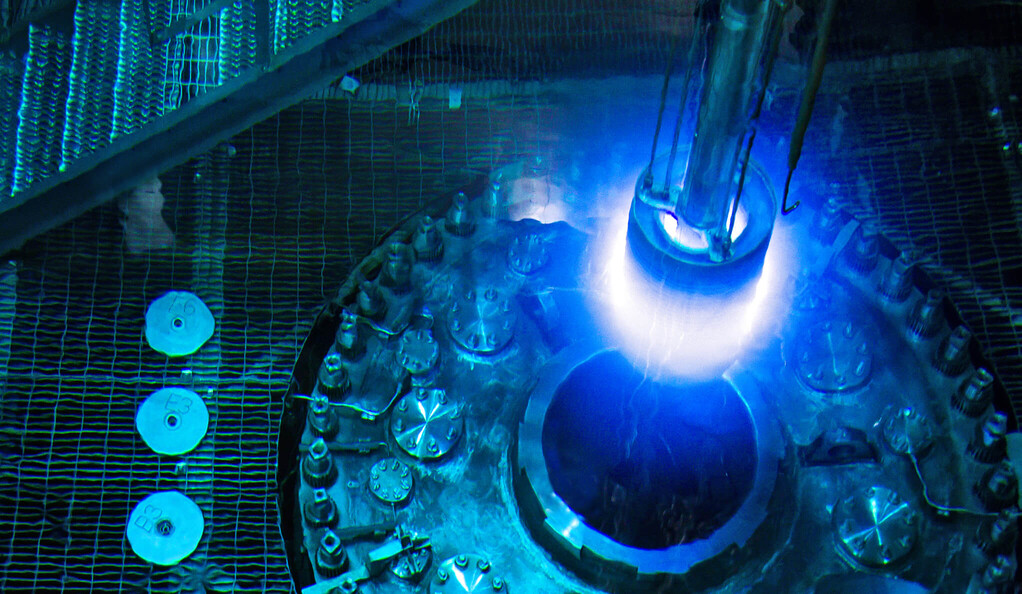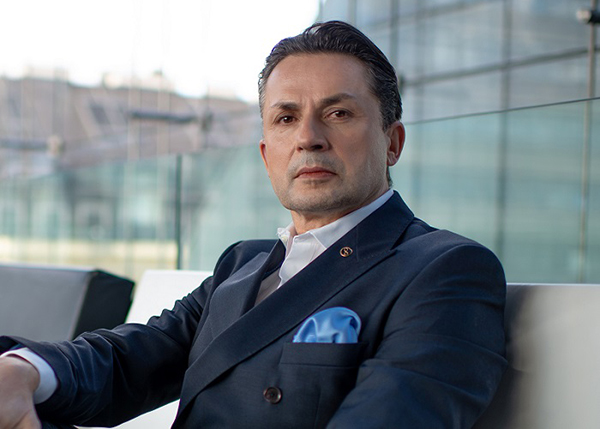Patent number EP3265850A1 is an innova8on with surprising worldwide cooperation possibilities.
Due to their close proximity, EU nations are among Russia’s key solvent trading partners. At the same time, Russia and the EU have sharp political disagreements that are impeding the establishment of tighter commercial and humanitarian links. Energy, a critical component of the economy, has been thrust into the heart of the current contention. The desire of European countries to renounce the use of fossil fuels for power generation and transportation is, of course, owing to both environmental and political concerns relating to global warming.
The fast growth of alternative energy, especially solar energy and wind production, leads to a reduction in fossil fuel supply to the EU, and hence a reduction in energy dependency on Russia, whether deliberately or unintentionally. This tendency has a direct impact on Russia’s energy industry, because when importing raw materials and commodities into the EU, customs taxes will be directly proportional to the quantity of carbon emissions created in the manufacture of such items. Importers will be compelled to enter into contracts with energy providers for the delivery of “green” electricity, the production of which is unrelated to the use of fossil fuels, or contemplate developing their own “green” power generation system. For example, Novatek, one of Russia’s leading energy corporations, has started the country’s first industrial operation to create power from hydrogen. As part of its CO2 reduction strategy, the business is modernizing one of eight Siemens-made SGT-800 gas turbines at the Yamal LNG liquefaction project’s power plant.
Due to particular climatic circumstances, solar energy and wind power generation do not have broad possibilities in Russia, and only a few small locations of Russia have the ability to introduce alternative energy, owing mostly to its reliance on weather conditions. As a result, both the Russian government and Russian corporate organizations are keenly interested in the development of any alternative energy technology unrelated to fossil fuels, with the goal of developing strategic plans for energy development as soon as possible.
As a supplier of traditional energy carriers to the global market, Russia is taking into account Europe’s and other developed countries’ desire to decarbonize the economy while also preparing for future energy production using new technologies, including hydrogen, but not only hydrogen: modern hydrogen technologies are very expensive in terms of production costs and are uncompetitive in the market. However, while developing an energy growth strategy, not just the above-mentioned alternative power production technologies should be considered; progress does not stand still, and science gives new options.
Scientists at Neutrino Deutschland GmbH, a member of the international Neutrino Energy Group, are, for example, actively developing their own Neutrinovoltaic technology to create electricity by converting the energy of radiation fields, including neutrinos. Patent application number EP3265850A1 protects the technology. In order to arrange the process of industrial production of Neutrino Power Cubes for private power supply in joint projects with licensing partners, the business is presently constructing production sites in Germany and working to extend manufacturing sites in other countries. According to Holger Thorsten Schubart, president of the Neutrino Energy Group and CEO of Neutrino Deutschland GmbH, the technology created by Neutrinovoltaic allows for the production of energy sources capable of powering industrial plants.
To produce the required power, a sufficient number of energy modules must be linked to each other, like with photovoltaics. The main benefit, however, is that, unlike photovoltaics, neutrinovoltaics can operate at night, i.e., in full darkness.
Converting the energy of ambient radiation fields, including cosmic neutrinos, was made possible by developing a multilayer composite material composed of alternating layers of graphene and silicon (10 to 20 layers of silicon-graphene) with the addition of alloying elements, dense enough to ensure interaction with neutrinos and other particles of the invisible radiation spectrum for efficient conversion of ambient radiation field energy into electric current. Thus, according patent number EP3265850A1, the recommended overall coating thickness is 0.01 mm to 1 mm, and the silicon particles should be between 5 nm and 500 nm in size.
The nanomaterial’s foundation is graphene, which, while being a 2D material, displays the qualities of a 3D material, i.e., graphene atoms vibrate in 3D dimensions. The larger the influence of radiation fields, the more strongly graphene atoms oscillate. A wave arises in graphene as a result of such exposure, analogous to waves on the sea surface, emerging from the conjunction of tiny spontaneous movements and leading to the formation of larger spontaneous motions. Surface waves with horizontal polarization, known in acoustics as “Lyav waves,” emerge when the displacements of one atom are joined to the displacements of other atoms. Because of the characteristics of graphene’s crystal structure, its atoms vibrate in tandem, distinguishing such motions from the spontaneous movements of molecules in liquids. Given that the vibrations of graphene atoms are 100 times stronger than those of silicon atoms, the superposition of the frequency of the external influence of radiation fields, including the influence of neutrinos, on the internal frequency of the vibrations of “graphene waves” enhances such vibrations and leads to atomic vibration resonance. Atomic oscillations in resonance allow for a multiplication of electron recoil when in contact with doped silicon. The coated side of the metal foil becomes the positive pole, while the untreated side becomes the negative pole.
IConverting the energy of ambient radiation fields, including cosmic neutrinos, was made possible by developing a multilayer composite material composed of alternating layers of graphene and silicon (10 to 20 layers of silicon-graphene) with the addition of alloying elements, dense enough to ensure interaction with neutrinos and other particles of the invisible radiation spectrum for efficient conversion of ambient radiation field energy into electric current. Thus, according patent number EP3265850A1, the recommended overall coating thickness is 0.01 mm to 1 mm, and the silicon particles should be between 5 nm and 500 nm in size.
The nanomaterial’s foundation is graphene, which, while being a 2D material, displays the qualities of a 3D material, i.e., graphene atoms vibrate in 3D dimensions. The larger the influence of radiation fields, the more strongly graphene atoms oscillate. A wave arises in graphene as a result of such exposure, analogous to waves on the sea surface, emerging from the conjunction of tiny spontaneous movements and leading to the formation of larger spontaneous motions. Surface waves with horizontal polarization, known in acoustics as “Lyav waves,” emerge when the displacements of one atom are joined to the displacements of other atoms.
Because of the characteristics of graphene’s crystal structure, its atoms vibrate in tandem, distinguishing such motions from the spontaneous movements of molecules in liquids. Given that the vibrations of graphene atoms are 100 times stronger than those of silicon atoms, the superposition of the frequency of the external influence of radiation fields, including the influence of neutrinos, on the internal frequency of the vibrations of “graphene waves” enhances such vibrations and leads to atomic vibration resonance. Atomic oscillations in resonance allow for a multiplication of electron recoil when in contact with doped silicon. The coated side of the metal foil becomes the positive pole, while the untreated side becomes the negative pole.
EP3265850A1 patent describes all potential materials and alloying components that may be utilized to generate the effect of converting the kinetic energy of particle radiation fields into electrical energy. A lot of experts across the world are already researching on this phenomenon and are now recreating cells experimentally based on the published information. Several countries, notably Russia, have already obtained licenses to manufacture Neutrino Power Cubes. The Saint Tikhon Charitable Foundation is the Russian partner. The selection of a Partner to organize licensed production with 100 percent localization in Russia is not by chance, as it meets a number of criteria, including: no connection with Russia’s energy sector, which eliminates the possibility of a conflict of interest, availability of competencies, and the ability to attract multibillion-dollar investment funds to organize production. After extensive talks, the parties concluded that their intentions for collaborative efforts in Russia entirely coincide. A Memorandum of Cooperation was signed, and the next step is to create a joint venture, Progress Neutrino, in Russia to implement licensing agreements to implement Neutrinovoltaic technology and coordinate manufacturing of the whole spectrum of Neutrinovoltaic energy elements.
A division of Neutrino Deutschland GmbH, led by N.D. Karelina, is registered in Moscow and collaborates efficiently with the Soviet Peace Foundation, whose president is the great Anatoly Karpov, to complete the project’s humanitarian responsibilities. According to Shishkin Sergey Vladimirovich, chairman of Neutrino Progress’s board of directors, “the concluded investment agreement with Neutrino Energy Group is a strategically important fundamental document in the development of long-term equal partnership relations between the parties, as well as an integral part of the Russian Federation’s general strategy of economic and industrial development.” Holger Thorsten Schubart admires Russian science and is sure that he will be able to enlist Russian experts in future development of Neutrinovoltaic technology to power different electrical appliances and equipment.
Cooperation has already been established for this purpose with the Moscow Center of Laser Technologies (MCLT – scientific-engineering center accumulating the latest achievements in the field of laser engineering and technology, established in collaboration with the department “Laser technologies in mechanical engineering” of N.E. Bauman Moscow State Technical University and with support from the Government of Moscow) led by Professor, Doctor of Engineering, Honored Scientist The students study Neutrinovoltaic technology pursuant to patent No EP3265850A1 as part of the educational process, and an Expert Council is formed, comprised of the University’s greatest scientists. Beyond the research process, the examination of this new technology indicates its specific value for national interests. Universities are already beginning to expose students to this issue in the curriculum this year, in accordance with the new technological information given in the patent.
Shareholders of JV Progress Neutrino and international team scientists are confident that with the start of industrial production of Neutrinovoltaic products and the development of a decentralized system of power generation without greenhouse gas emissions in Russia and other countries, the project will attract even more strategic partners in all countries around the world in the coming years.
“Technological advances in neutrinovoltaics and recent discoveries in neutrino physics present the world with a once-in-a-lifetime opportunity to avoid many geopolitical conflicts arising from the struggle for energy resources, by distributing energy more equitably and without reliance on fossil fuels.”
Furthermore, it is up to politicians to strive to comprehend the world as a whole and to respect each other’s interests and desires, because not everything that is good and right for us is necessarily good and right for others. Unfortunately, short of directly appealing to legislators, I have no choice but to let reason and discernment enlighten those responsible for today’s scenario.
We, the Neutrino Energy Group, an international coalition of corporations and scientists, and I, as a cosmopolitan and its President, will continue to carry out our noble task with our Russian friends and allies, contributing to the preservation of peace!” – assured Holger Thorsten Schubart.




